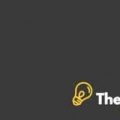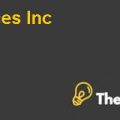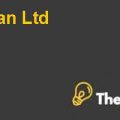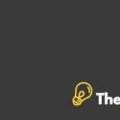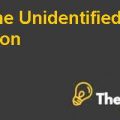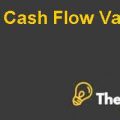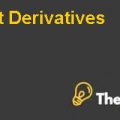
The second major concern regarding hedge replication funds is that even if somehow with the help of the indices, they are able to monitor and able to replicate a large amount of fluctuation of the hedge fund but they are most likely to use a Top-down approach with which they would not be able to replicate the actual edge but most importantly with the use of indices they might be able to find out most of the risk that the hedge funds were exposed to but it was highly unlikely that with indices they would be able to locate any informational or liquidity edges of the hedge funds.
AQR needed to highlight these two weaknesses that the Hedge replication strategies hold, which would make investors more informed about their investment decision and they would be able to choose the right and more appealing investment for themselves that would be the Delta fund.
PROBLEM-3
The Delta has a very brief history but since its inception in the fall of 2008; it has been able to outperform NASDAQ, S&P INDEX, DJCS hedge and HFRI_FW. It has been 32 months since its inception and its current standing is far better than that of the remaining 4 index.
The average return for the last 32 months for Delta stands at 1.32% whereas the returns of NASDAQ currently stands at 1.19%, S&P INDEX and DJCS hedge have the similar average of 0.64%, and finally HFRI_FW have an average 32 month return of 0.66%, which indicated that Delta was able to provide a greater return the stock market and all the other hedge funds that made it a desirable fund to invest in, but not only that the investment in Delta was also a low risk strategy as Delta’s beta with NASDAQ and S&P INDEX was at 0.09; whereas with DJCS and HFRI it was at 0.25; which was far below the level of 1 and this made Delta a very secure investment as compared to the other 4 options.
Finally, one of the brightest feature of Delta, which is already covered in problem 1 is that it is very cost friendly as compared to other options of hedge funds and it only charges 1% management fees with 10% performance fees structure or 2% management fees only, which is comparatively less than what everyone else is changing.
Therefore, this makes Delta a cost friendly, low risk and high yield investment. Moreover, yet it only has a 32 month track record but it has already proven its potential and what kind of success it can achieve when proper time will be given to the investment to grow.
CONCLUSION
AQR requires a marketing strategy, which would clearly show how much fees would they be charging over Delta whereas what other funds were charging over their hedge funds and this made the investor to realize that when the market was performing well then any investment would get you the return but when it is not performing well then one would require an expert to determine where to invest and even at that time; AQR would be charging him a lower cost.
The marketing strategy should not only highlight the bright points of Delta but it should also show the negative points of most promising options against Delta such as the Hedge funds replication strategies. This can be done by highlighting the concerns within these strategies, which would enable the investor to make an informed decision.
Finally, even through the fund only have 32 months of performance to show-off but its performance is far better than other options, so rather than focusing on how long it has been performing; the point that needs to be focused is that how good it has performed in the market during the limited time period...............................
This is just a sample partial case solution. Please place the order on the website to order your own originally done case solution.

